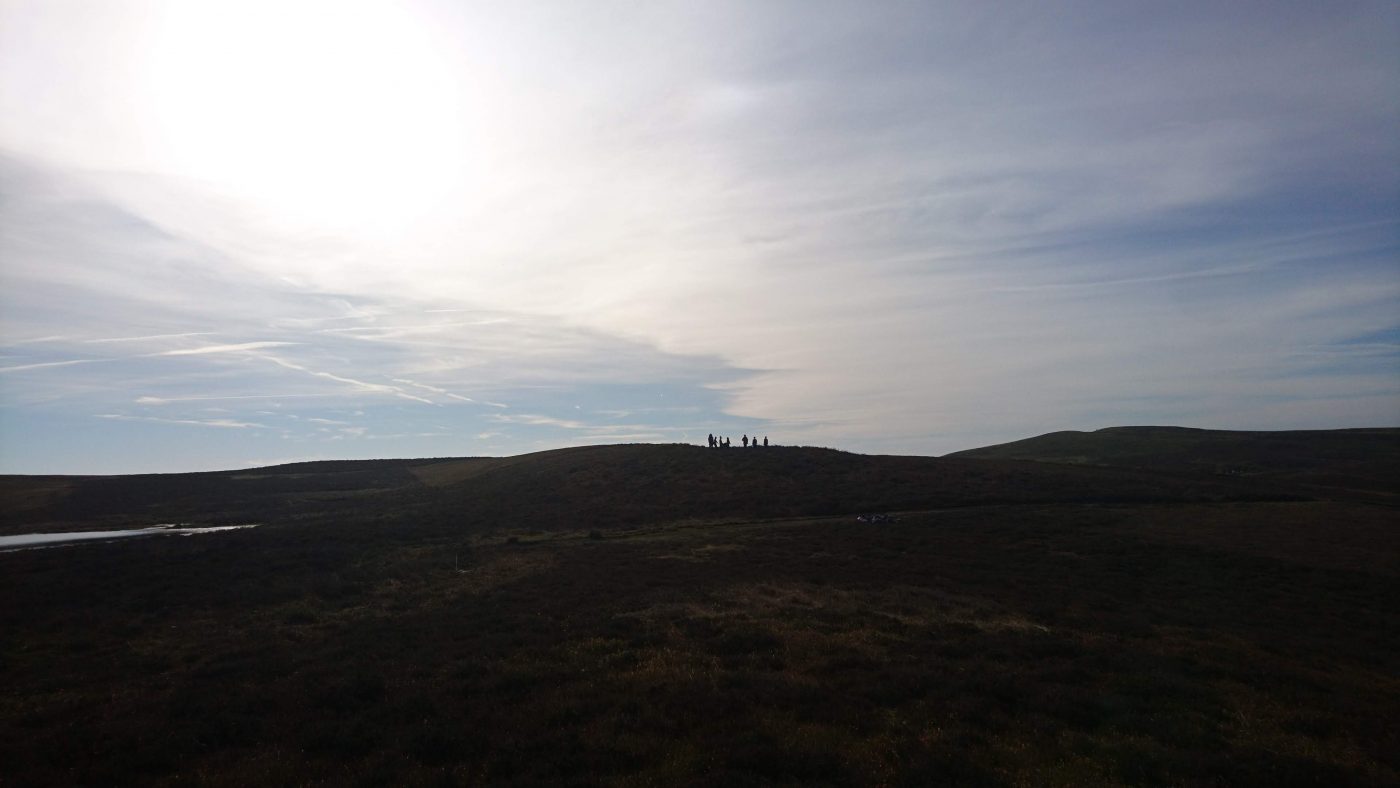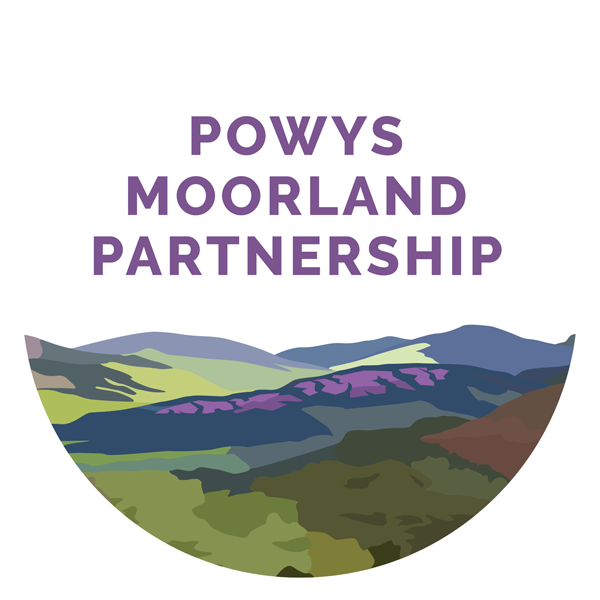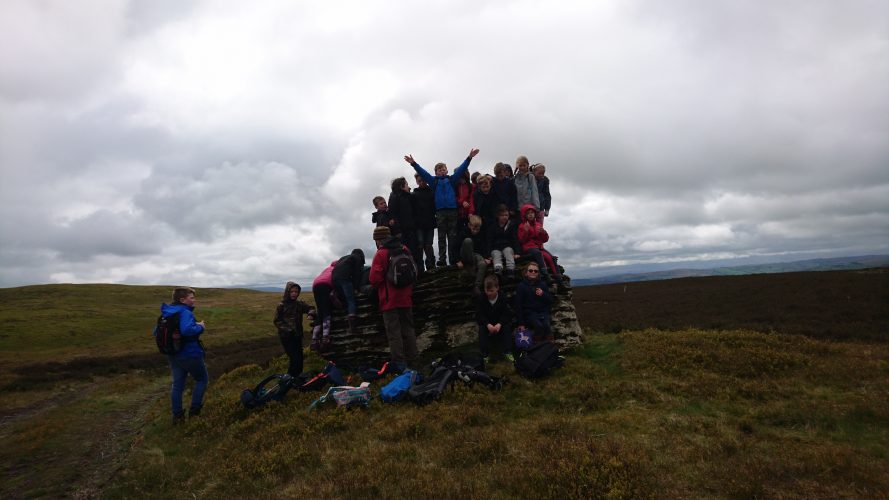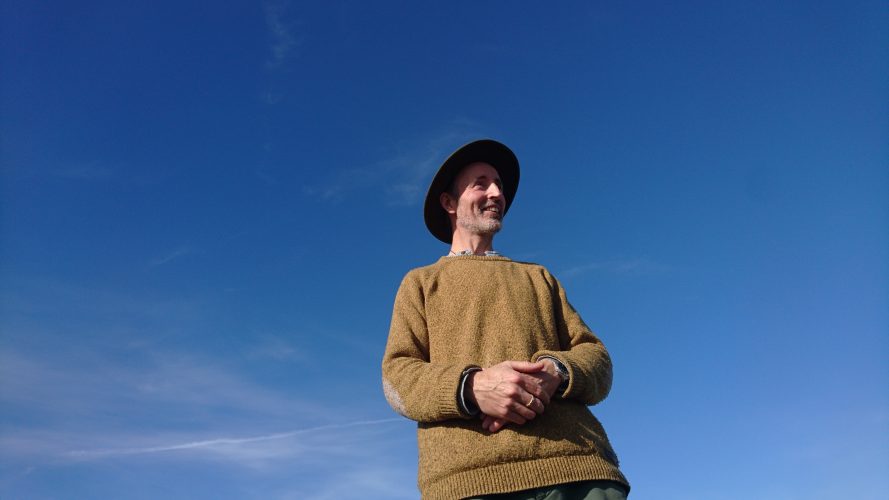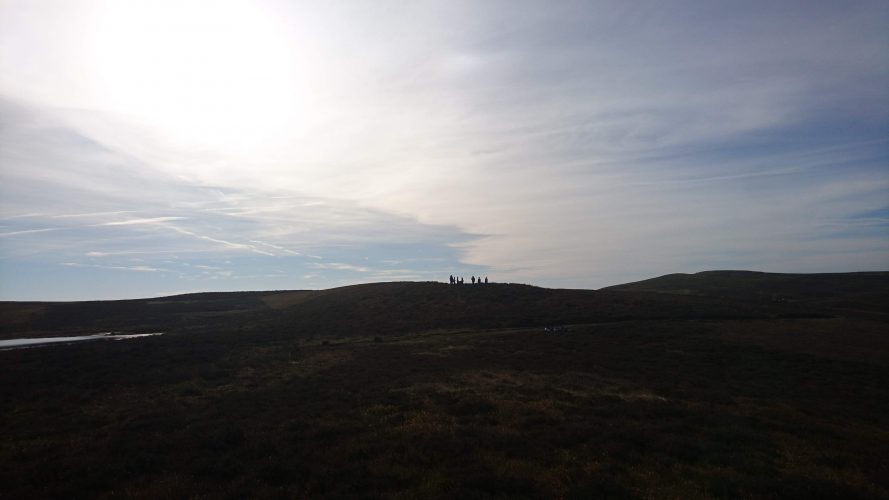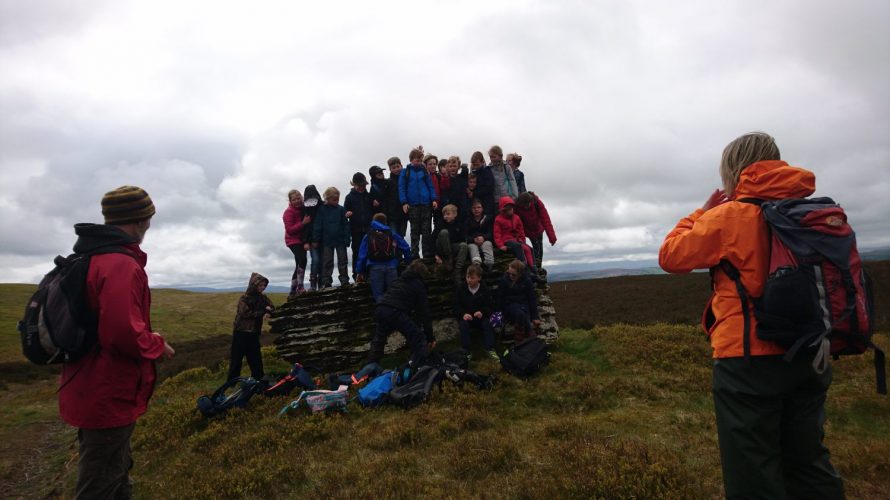Making better connections, understanding ourselves and our relationship with nature through the power of storytelling is what Wayland Boulanger does.
A great follower of the Mabinogion where its tales cleverly link with the complexities of our landscapes, fitting perfectly into the ethos of the Sustainable Management Scheme project in how we capture communities in our landscapes to try to see where we can come together, share values and find a new level of respect.
“It’s about making connections and recognising how we are all more connected than we think,” says Wayland, who believes the tales give permission to think differently with complete freedom to help children slip into another world and access wisdom for themselves.
“It’s not about finding a right or a wrong way to think. It’s up to each individual to see the story, explore the opportunities and unravel the task of the tales for themselves and put it into their own perspective.”
The old old tales of the Mabinogion are as relevant today as when they were written many years ago when connections were more in tune and where folk relied on the signs from nature to help them understand themselves and their environment better. The tensions, the struggles, the boiling pots; the compromises, the way to work it out better together.
Stepping out of the world into another where you can be something else, albeit for just a moment in time, is where you can make better sense of your own place is what Wayland believes the Mabinogion inspires.
The children both from Hay and Clyro school were captivated by the tales as they stepped into the tales of the Mabinogion and walked/ran across the moor turning the landscape it into a live stage performance as Wayland headed off to the next point of the hill to continue the story to further stir the imagination.
A magical experience where the weather wasn’t even noticed. In fact,
the wind and rain is all part of the experience. The children are enthralled by the ‘what happens next’ in the stories so beautifully told by Wayland.
It’s a way of understanding ourselves better too. In lots of ways it’s simple, uncluttered not motivated by any religion. It’s balancing the ying and the yang, it’s about life experiences. The tales are somehow pointing to the equilibrium; the balance.
“It completely awakens something up inside of us,” explains Wayland, who believes that there is a buzz going on right now. There’s something much deeper going on in our landscapes which is calling out for connections to be made.
We are again entering another world for a moment, exploring ourselves, and making sense of the ever-changing world. We must connect with the country people to help us bring greater cohesive into our landscapes. The wisdom in nature is what will reunite people.
The old values are waiting to be connected …………
The Mabinogion is really about facilitating bigger conversations allowing for the more discerning view to help a new level of respect being born.
Clyro school children out on local Powys moorland hearing the tales of the Mabinogion
Captivated by the tales of the Mabinogion – earliest prose stories of British literature – and re-enacting the tales while walking the stunning Powys landscape last week (Thursday, 3 May) made the day mystical and highly memorable.
“With four seasons in one day, we experienced a changing landscape throughout the day which seemed appropriate with the tales of the Mabinogion which draws upon the mystical word of the Celtic people intertwining myths, folklore, tradition and history,” says story teller Wayland Boulanger.
Teacher Caroline Phillips believes the day inspired the children and got them thinking about where the story might go. “They were so excited & interested to know what happened next as we walked on to another point of the hill.”
Many of the 26 children aged between 8-10 years live locally and pointed out their homes as we walked across Llanbedr hill near Painscastle.
The day started with one of the moorland managers explaining the work of the project to protect the rare ground nesting birds which are in serious decline.
With over 200 children out on the moor so far, the aims of the Powys Moorland Partnership (PMP) project is to restore the condition of the heather to encourage ground nesting birds back and help boost biodiversity. It is a three year project which ends next spring.
It’s a collaborative, landscape scale project engaging with local farmers and all stakeholders to make better links between our natural resources and the well-being of the people.
Catherine Hughes is the project facilitator for the PMP: “There’s nothing more powerful than getting children outside to see for themselves these magical landscapes grazed by sheep which are so important in providing us with so many benefits. With seventy percent of our drinking water coming from the uplands filtered by the vast amounts of mosses, and slows down the flows downstream, and also stores vast amounts of carbon.
Big Farmland Bird Counts – creating year-round habitats
PMP has carried out a number of counts on various farms joining the moorland this January/February where Hay and Clyro primary children helped gather the data.
PMP project facilitator Catherine Hughes comments: “Although we keep hearing about the decline of so many bird species it’s exciting for kids to see that once you start looking closely and being still for 30 minutes with binoculars to hand you start seeing more than you think.
These events, sponsored by the NFU this year, raises the awareness of the efforts farmers put in to helping wildlife and what simple practices can be put in place to help recover nesting areas.”
Matt Goodall is the Game & Wildlife Conservation Trust advisor. He stressed the need to help the birds throughout the bare months known as the hunger gap – January/February, March by planting mixed variety – preferable using kale and quinoa – cover crops in appropriate areas of the fields to give cover and food to the birds and insects to feed the chicks. Ideally we want year round habitats to help all our birds get the best start.
Results will be issued on our website.
Keep in touch, get involved.
We will be putting on various events over the next 12 months. If you would like to get involved, have some ideas please contact Catherine on urmyc.sdnalroomsywop@tcatnoc
